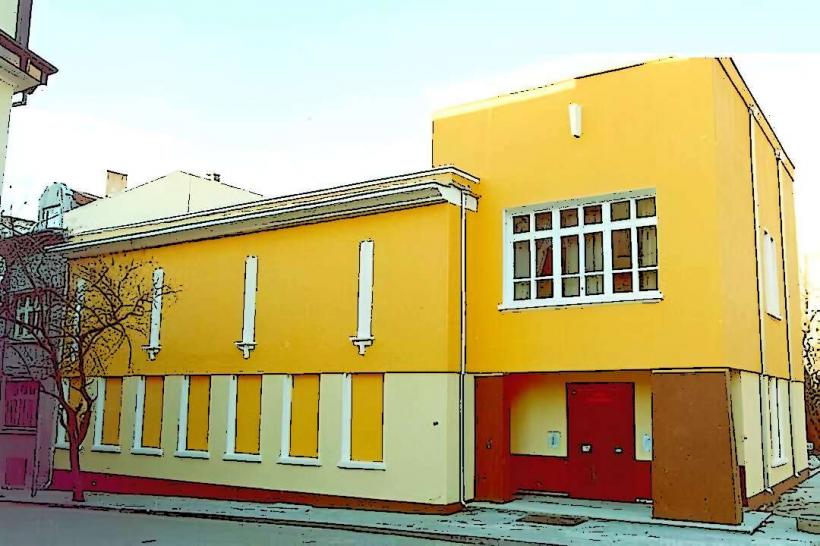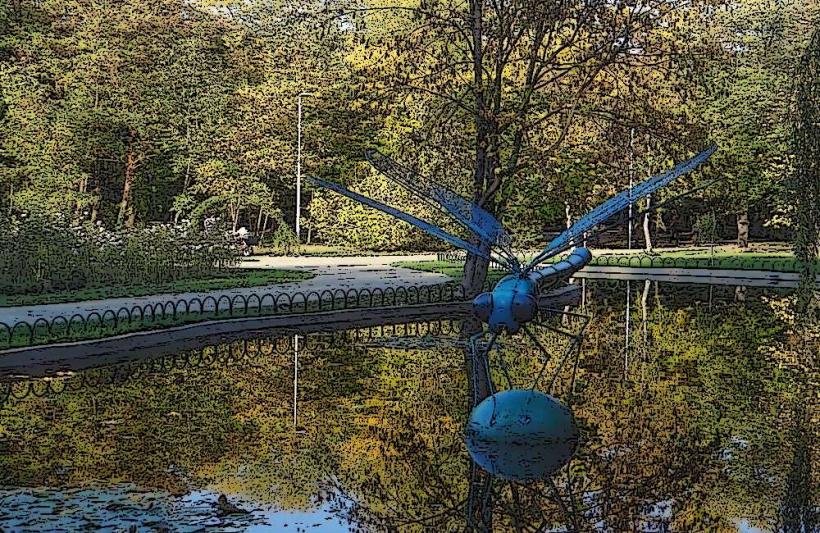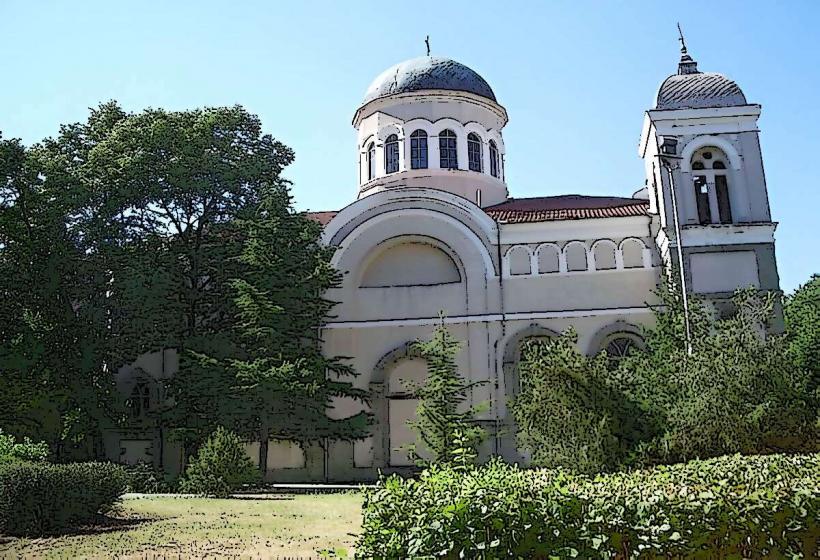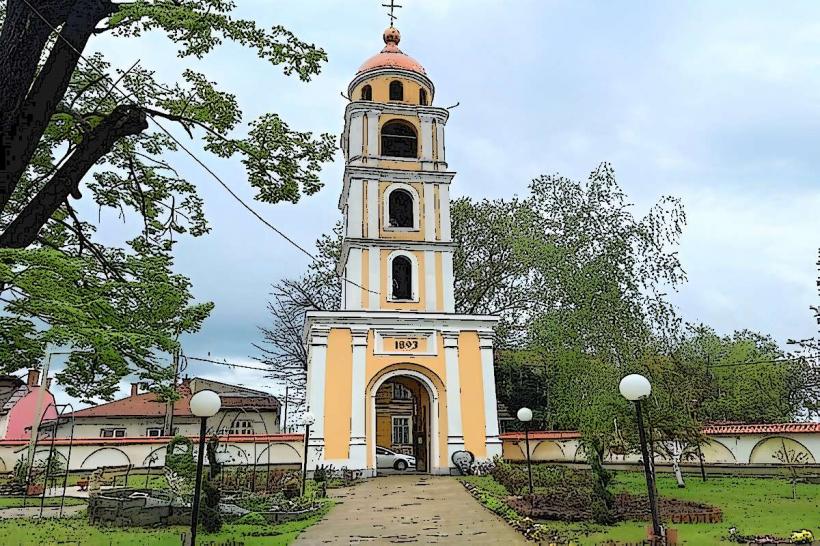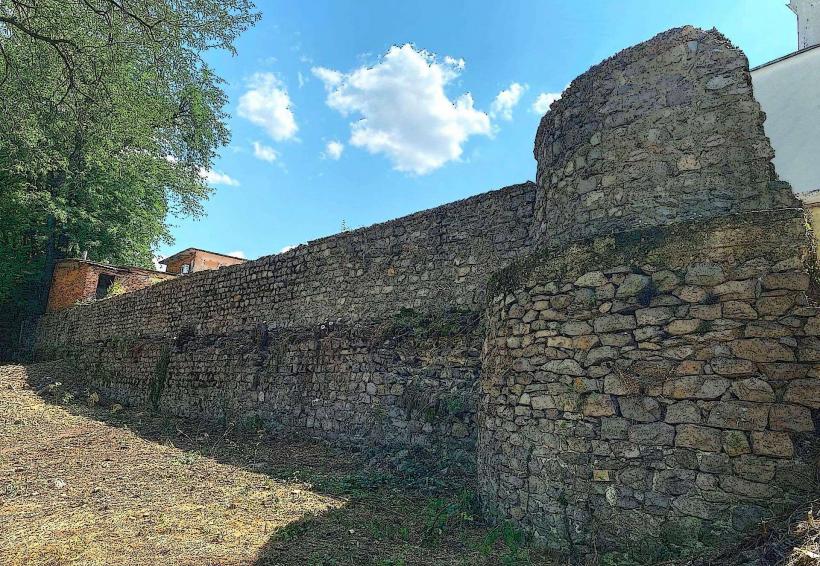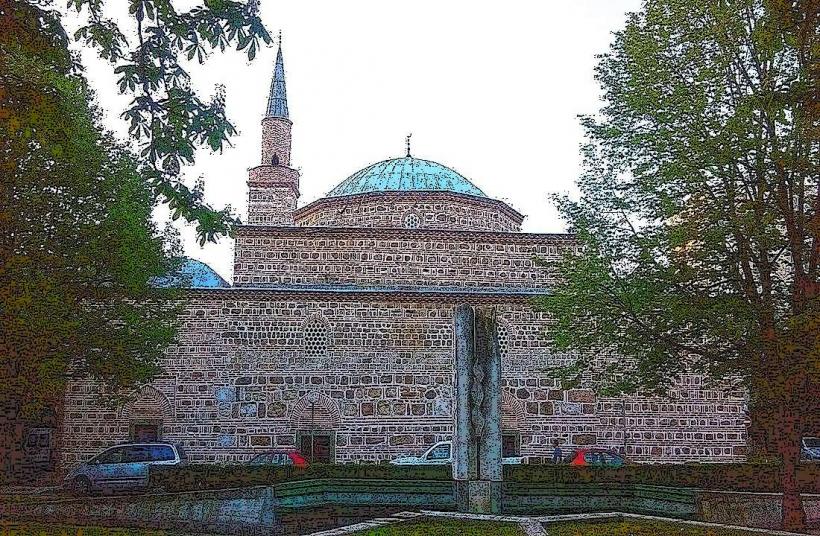Information
Landmark: KabileCity: Yambol
Country: Bulgaria
Continent: Europe
Kabile is an important archaeological site located near the town of Yambol in southeastern Bulgaria. It is an ancient settlement that dates back to the Thracian and Roman periods, and it is considered one of the most significant prehistoric sites in the region.
Key Features and Historical Significance:
Thracian Origins:
- Kabile was initially founded by the Thracians in the 6th century BCE. It became a significant settlement during the Classical and Hellenistic periods, playing a central role in the development of local culture and trade. The settlement is thought to have been a prosperous center for both agriculture and craft production.
Strategic Location:
- The site was strategically located near the Tundzha River, which provided access to important trade routes connecting the Black Sea with the interior of the Balkans. This location made Kabile a key point for cultural and economic exchange.
Archaeological Discoveries:
- The excavations at Kabile have revealed an extensive array of structures, including residential houses, workshops, and temples. Among the most notable findings are a Thracian sanctuary and a necropolis with funerary practices. These offer insights into the religious beliefs, social organization, and daily life of the people who lived there.
- Artifacts from the site include pottery, bronze items, and coins that have provided a clearer picture of the trade networks and artistic developments of the time.
Roman Period:
- After the Roman conquest of the region, Kabile continued to thrive and was integrated into the Roman Empire as part of the province of Moesia. The city saw the construction of Roman-style buildings such as public baths, theaters, and temples, some of which have been partially excavated.
- The site was inhabited well into the Roman period and shows evidence of Roman influences in its architecture and material culture.
Fortifications and City Layout:
- The site also includes remains of fortifications from various periods. These walls and gates suggest that Kabile was well-defended, particularly during its time as a Roman settlement. Excavations have uncovered parts of the city’s infrastructure, which highlight the city’s urban planning.
Modern-Day Site:
- Today, Kabile is an important archaeological reserve and a popular tourist destination. Visitors can explore the ruins, learn about the site’s history through information boards and guided tours, and visit the museum in Yambol that displays many of the artifacts found at the site.
Visiting Kabile:
- Kabile is accessible by car from Yambol, and it is well worth visiting for anyone interested in the history of the Thracians or the Roman Empire in the Balkans. The site is relatively open and allows visitors to walk through the remains of the ancient city.
Kabile’s significance lies in its role as a thriving cultural and economic hub in the ancient world, and its preservation offers valuable insights into the evolution of settlement patterns, art, religion, and trade in the Thracian and Roman periods.

